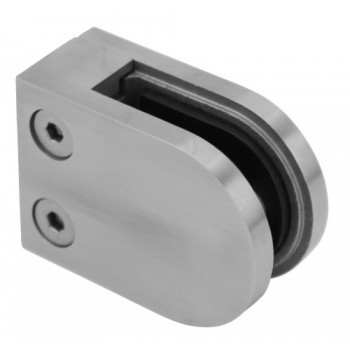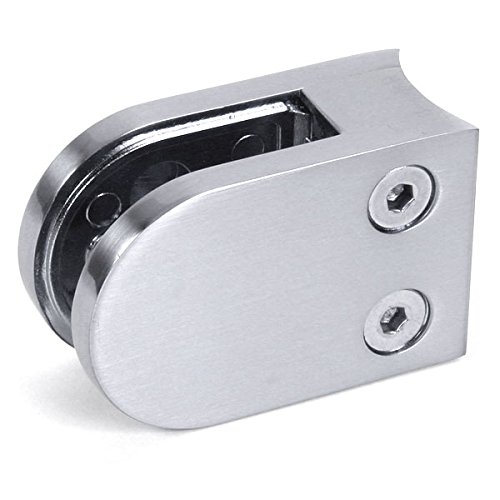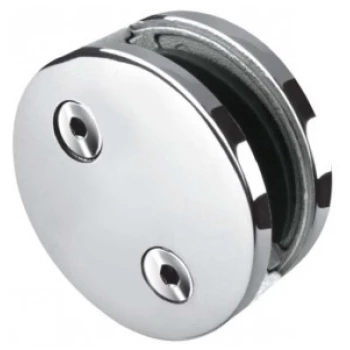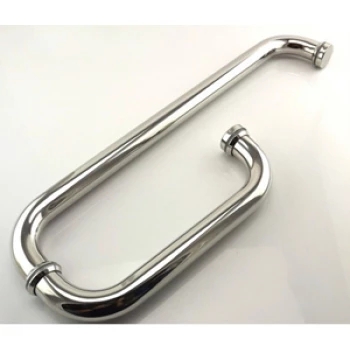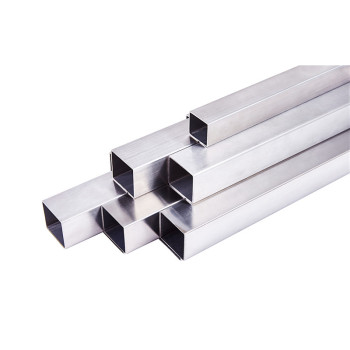What is Stainless Steel? Properties and Applications
The demand for stainless steel is increasing at a whopping 5% each year. In 2019, its global production reached over 52 million tons.
At present, a wide number of industries utilise stainless steel. Aside from traditional and marine constructions, household appliances are also experiencing a rise in usage.
While stainless steel is more expensive than mild steel, its excellent properties lead to increased service life and reduced cycle cost. So the larger upfront costs pay off in the longer run.
This article will take a closer look at this metal and what makes it so popular in different industries.
What is Stainless Steel?
We know that steel is an alloy of iron and carbon with a maximum carbon content of 2.1%. Stainless steels are a group of steels that are resistant to corrosion through the addition of alloying elements.
The term stainless steel is used to describe a family of about 200 alloys of steel with remarkable heat and corrosion resistance properties. The carbon percentage can range from 0.03% to 1.2%.
Its distinguishing characteristic is the high amount of chromium. Stainless steel contains a minimum of 10.5% of chromium that improves its corrosion resistance and strength.
The chromium in the alloy creates a passive layer on oxidation when exposed to air. This layer acts as a shield against further corrosion essentially making the alloy rustproof. This mechanism allows for retaining a spotless appearance for long periods under normal working conditions.
Benefits of Stainless Steel
Stainless steel has been used with phenomenal success in various industries for over 70 years. More applications are being discovered with every passing year as its advantages become more widely identified.
With an increase in demand, production has increased making it more affordable than ever. Increased demand results in availability in standard as well as non-standard sizes. Also, a wide range of stainless steel finishes is available for choosing.
Besides polished finishes, a whole range of patterned and coloured surfaces are available. This makes finding a suitable option for your needs possible.
Stainless steel is also 100 per cent recyclable. In fact, half of all stainless steel production is from scrap metal. This makes it a relatively eco-friendly material.
Use-Cases
Stainless steel is an exceedingly versatile material. It is preferred where the properties of steel and corrosion resistance are required in tandem.
Its first use was in cutlery but due to its corrosion resistance properties. Next, it found its way to the chemical industry. Today, we can see stainless steel pretty much everywhere.
The use-cases vary from industry to industry. For example, the uses include making minuscule parts for wristwatches. At the same time, large panels with a certain surface finish may cover whole buildings.

A few industries that use stainless steel extensively:
- Food and catering
- Chemicals and pharmaceuticals
- Medical equipment manufacturing
- Architecture and construction
- Home appliances
- Offshore and shipbuilding
- Automotive manufacturing
- Energy and industry
Types of Stainless Steel
There are many grades and surface finishes of stainless steel available depending on the environment the metal is expected to withstand. Based on the microstructure, they can be classified into four major categories.
Austenitic stainless steel
Austenitic stainless steel has austenite as the primary microstructure. Austenite is a solid solution of iron and carbon that comes into existence above the critical temperature of 723°C. This family of stainless steels displays high toughness and impressive resistance to elevated temperatures.
70 per cent of all stainless steel is austenitic. It contains at least 16% chromium and 6% nickel.
Austenitic stabilisers are elements that are added to prompt the formation of austenite microstructure. This stainless steel grade is a non-magnetic metal and unable to be hardened by heat treatment. Corrosion resistance can be modified depending on the service environment.
What is Stainless Steel?
We know that steel is an alloy of iron and carbon with a maximum carbon content of 2.1%. Stainless steels are a group of steels that are resistant to corrosion through the addition of alloying elements.
The term stainless steel is used to describe a family of about 200 alloys of steel with remarkable heat and corrosion resistance properties. The carbon percentage can range from 0.03% to 1.2%.
Its distinguishing characteristic is the high amount of chromium. Stainless steel contains a minimum of 10.5% of chromium that improves its corrosion resistance and strength.
The chromium in the alloy creates a passive layer on oxidation when exposed to air. This layer acts as a shield against further corrosion essentially making the alloy rustproof. This mechanism allows for retaining a spotless appearance for long periods under normal working conditions.
Benefits of Stainless Steel
Stainless steel has been used with phenomenal success in various industries for over 70 years. More applications are being discovered with every passing year as its advantages become more widely identified.
With an increase in demand, production has increased making it more affordable than ever. Increased demand results in availability in standard as well as non-standard sizes. Also, a wide range of stainless steel finishes is available for choosing.
Besides polished finishes, a whole range of patterned and coloured surfaces are available. This makes finding a suitable option for your needs possible.
Stainless steel is also 100 per cent recyclable. In fact, half of all stainless steel production is from scrap metal. This makes it a relatively eco-friendly material.
Use-Cases
Stainless steel is an exceedingly versatile material. It is preferred where the properties of steel and corrosion resistance are required in tandem.
Its first use was in cutlery but due to its corrosion resistance properties. Next, it found its way to the chemical industry. Today, we can see stainless steel pretty much everywhere.
The use-cases vary from industry to industry. For example, the uses include making minuscule parts for wristwatches. At the same time, large panels with a certain surface finish may cover whole buildings.

A few industries that use stainless steel extensively:
- Food and catering
- Chemicals and pharmaceuticals
- Medical equipment manufacturing
- Architecture and construction
- Home appliances
- Offshore and shipbuilding
- Automotive manufacturing
- Energy and industry
Types of Stainless Steel
There are many grades and surface finishes of stainless steel available depending on the environment the metal is expected to withstand. Based on the microstructure, they can be classified into four major categories.
Austenitic stainless steel
Austenitic stainless steel has austenite as the primary microstructure. Austenite is a solid solution of iron and carbon that comes into existence above the critical temperature of 723°C. This family of stainless steels displays high toughness and impressive resistance to elevated temperatures.
70 per cent of all stainless steel is austenitic. It contains at least 16% chromium and 6% nickel.
Austenitic stabilisers are elements that are added to prompt the formation of austenite microstructure. This stainless steel grade is a non-magnetic metal and unable to be hardened by heat treatment. Corrosion resistance can be modified depending on the service environment.
Ferritic stainless steel
Ferritic steels will usually only have chromium as an alloying element. The chromium content ranges from 10.5 to 18%. They have average corrosion resistance and poor fabrication characteristics. Heat treatment methods do not help with hardening the metal either.
They generally have better engineering abilities than austenitic grades. Unlike austenitic grades, they are magnetic. They also have good resistance to stress corrosion, resulting in lower corrosive material wear.
Duplex stainless steel
Duplex is a mixture of austenitic and ferritic stainless steel. Thus, it has the properties of both its constituents. It has high chromium and low nickel concentration. With high tensile strength and good weldability, duplex stainless steels offer unique advantages.
It shows good resistance to stress corrosion but not as much as ferritic grades. It is tougher than ferritic grades but lower than that of austenitic grades.
Martensitic stainless steel
This type of stainless steel consists of high carbon and lower chromium content. Like ferritic grades, it is magnetic. It does display poor weldability compared to other grades but it has higher hardenability and can be heat treated to improve properties.
Martensitic stainless steel will have lower corrosion resistance when compared with austenitic and ferritic grades with the same chromium and alloy content.
Precipitation hardening stainless steels
This sub-group provides a combination of austenitic and martensitic properties. Hardening is achieved by adding one or more elements such as aluminium, molybdenum, niobium, titanium, and copper.
It is capable of developing high tensile strength through heat treatment. It contains chromium and nickel as alloying elements. These grades are used in high-speed applications such as turbine blades.
Grades of Stainless Steel
There are hundreds of grades of stainless steel in the market today. Choosing the right one for your application is important as their properties can be quite different from each other.
The AISI (American Iron and Steel Institute) system for naming stainless steel is still used by the industry. The numbering system uses three-digit numbers starting with 2, 3 or 4.
200 series
This series is used for austenitic grades that contain manganese. These chromium manganese steels have a low nickel content (below 5 per cent).
200 series find use in:
- Washing machines
- Cutlery
- Food & drinks equipment
- Automotive industry
- In-doors equipment, etc.
300 series
This series is used to name austenitic stainless steels with carbon, nickel, and molybdenum as alloying elements. The addition of molybdenum improves corrosion resistance in acidic environments while nickel improves ductility.
AISI 304 and 316 are the most common grades in this series. AISI 304 is also commonly known as 18/8 steel as it contains 18% chromium and 8% nickel.
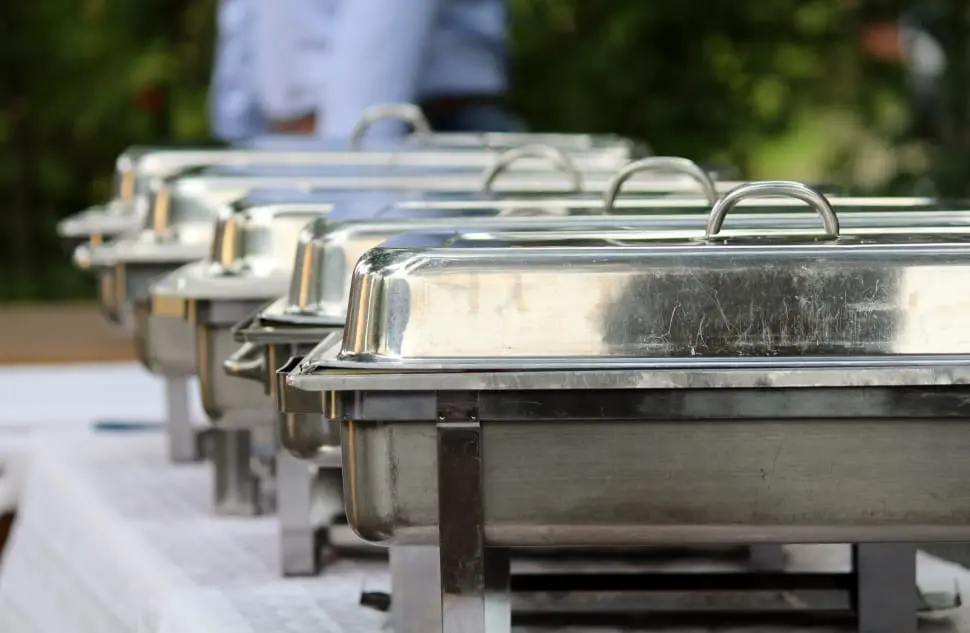
300 series stainless steel applications include:
- Food & beverage industry
- Automotive industry
- Structural for critical environments
- Medical instruments
- Jewellery, etc.
400 series
Ferritic and martensitic alloys form this series of stainless steel. These grades are available for heat treating. Providing a good combination of strength and high wear resistance. The corrosion-resistance properties are lower than 300 series, though.
Applications for 400 series include:
- Agricultural equipment
- Motor shafts
- Gas turbine parts, etc.
SAE grades
The SAE system of numbering uses a 1-letter + 5-digit UNS number code to designate stainless steel. The common AISI grade 304 has S30400 as its SAE designation. While most grades have a designation, newly developed exclusive grades may be named by their owners and not have any SAE code.
The source of the article:Fractory

